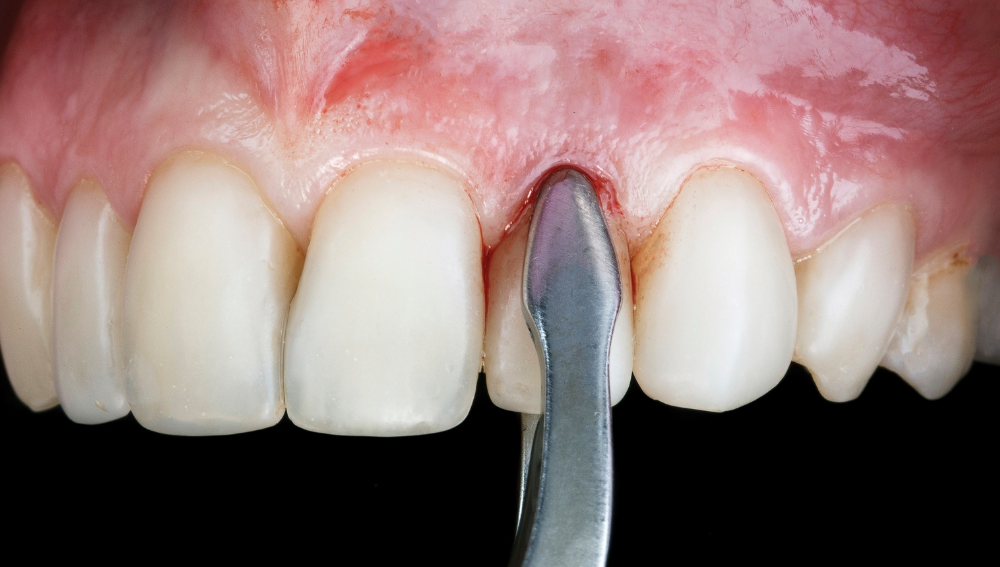Understanding Tooth Extraction: What You Need to Know

Tooth extraction is a common dental procedure, but many people still have questions about why it’s necessary and what to expect. Whether you’re facing a tooth extraction or just curious about the process, this guide provides essential information.
What is Tooth Extraction?
Tooth extraction involves removing a tooth from its socket in the bone. A dentist or oral surgeon performs this procedure, usually under local anesthesia to ensure your comfort.
Reasons for Tooth Extraction
Several factors might lead to a recommendation for tooth extraction:
- Severe Tooth Decay: When a tooth decays extensively and a filling or crown cannot repair it.
- Infection: If an infection spreads to the tooth and root canal treatment cannot address it.
- Orthodontic Treatment: To create space for braces or other orthodontic devices in cases of overcrowding.
- Periodontal Disease: Advanced gum disease that severely damages the supporting bone and structures.
- Impacted Teeth: Teeth, especially wisdom teeth, that do not erupt properly and may cause complications.
- Trauma: Teeth damaged beyond repair due to injury.
The Tooth Extraction Procedure
The dentist administers a local anesthetic to numb the area. Then, they use specialized instruments to loosen and remove the tooth from the socket. If the tooth is difficult to extract, the dentist may break it into smaller pieces for easier removal.
Aftercare Tips
Proper aftercare is crucial for a smooth recovery. Follow these tips to help ensure healing:
- Follow Instructions: Adhere to your dentist’s post-operative care instructions.
- Manage Pain: Use over-the-counter pain relievers as recommended.
- Avoid Certain Foods: Stick to soft foods and avoid chewing on the extraction site.
- Maintain Oral Hygiene: Gently brush your teeth and rinse with salt water to keep the area clean.
Potential Complications
While tooth extraction is generally safe, you might face some potential complications, including:
- Dry Socket: This occurs when the blood clot at the extraction site becomes dislodged.
- Infection: If an infection develops at the extraction site, you may need additional treatment.
Tooth Replacement Options
If you extract a tooth, consider replacement options to restore function and appearance:
- Dental Implants: These offer a natural-looking solution for replacing a missing tooth.
- Dental Bridges: Fixed appliances that replace one or more missing teeth.
- Dentures: Removable appliances that can replace multiple missing teeth.
Conclusion
Tooth extraction sometimes becomes necessary to maintain overall oral health. Understanding the procedure, reasons for extraction, and aftercare can help ensure a smooth and successful recovery. If you have any concerns about it or need to discuss potential replacement options, consult with your dentist for personalized advice.
For more information on dental procedures and oral health , tooth topics, visit udenz.io and stay updated with our latest posts!











